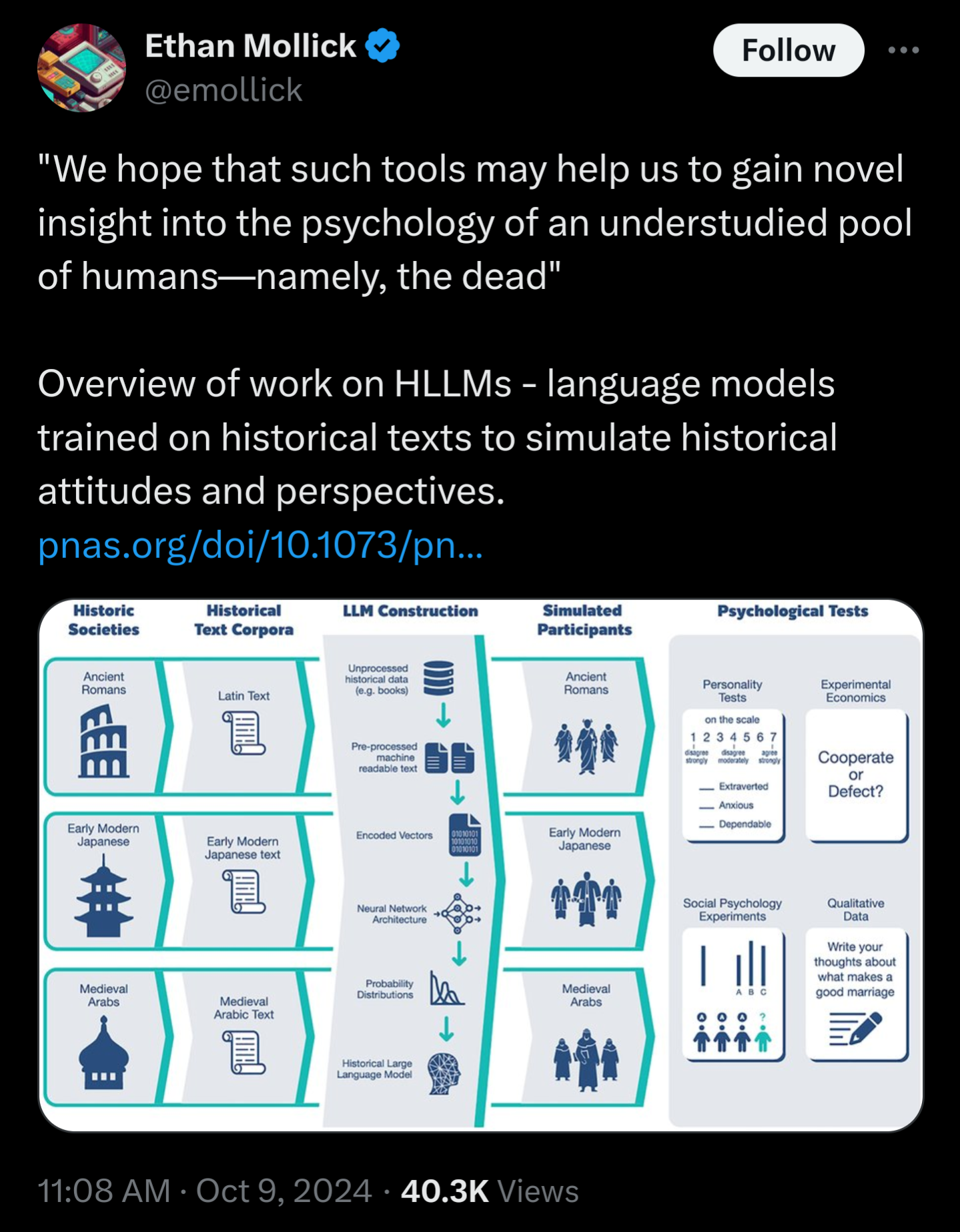There is neither Jew nor Gentile, neither slave nor free, nor is there male and female, for you are all one…
- Galatians 3:28
And if we want to go back and look at the actual context of the whole "male and female" references, your perspective ends up on shakier ground.
The quoted passage is Genesis 1:26-27 where the word for God is the plural form Elohim and in 1:27 when humans are made in the image of this plural Elohim, they are then made "male and female."
But the dual creation of man in Genesis was actually a very big topic in the 1st century CE, and the dual engendering here in the first creation led to all sorts of complex views of the original man's gender, from the Jewish philosopher Philo describing a hermaphroditic primordial man, to the Kabbalistic Adam Kadmon, to various other sects.
(The idea of ambiguity to the "original man's gender" may be confusing to you, but Hebrew/Aramaic has no neutral gender so 'Adam'/man was used as the term for all humanity throughout the Bible — context better appreciated by the cultures back then working with the original context and language and not merely translations that lost nuance.)
These were also culturally normative interpretations given the fairly widespread Mediterranean views in neighboring polytheistic traditions that had dual gendered original figures that later split into different genders.
The Talmud even covers situations and protocols for when there's intersex births, so across multiple influences the understanding of gender in Jesus's time was likely much more nuanced than the retcon modern conservatism tries to apply to it.
Be wary of blindly following blind faith lest you stumble into a pothole. "I'm not sure" is almost always a wiser position to take than "I'm certain the Holy Spirit says this thing is wrong even though I never really looked into it." Blasphemy of the Holy Spirit and all that.
"I don't know" blasphemes nothing.

A great case for why data normalization is so important.
Looking at the chart like this with non-normalized data you might conclude that riding around on a scooter makes you near invincible compared to walking even if hit by a car.
Whereas what's really being shown is more people walk than ride scooters.